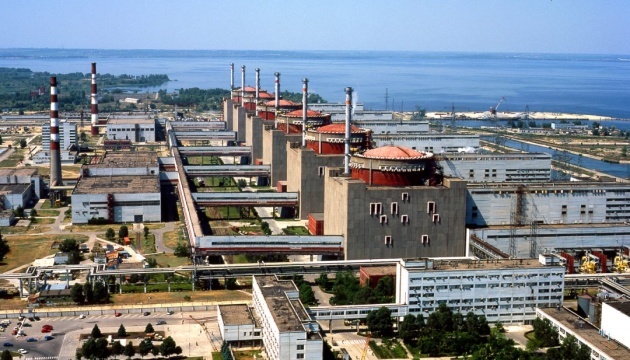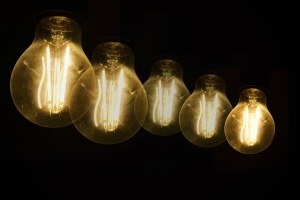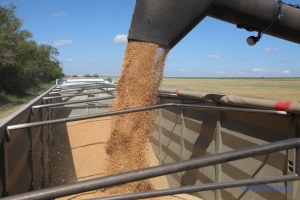
Water reserves for cooling ZNPP rectors may be enough for several months - IAEA
That’s according to IAEA chief Rafael Mariano Grossi, Ukrinform reports, referring to the agency’s press service.
He noted that after the blast that damaged the Kakhovka HPP dam, the water level in the reservoir continues to go down. As of Wednesday evening, it has decreased by approximately 2.8 m from the mark at the time of the dam breach, to 14.03 m.
According to Grossi, the pace has slowed somewhat, to 5-7 cm per hour, compared to 11 cm/h on day 1 of the disaster.
If the level falls below 12.7 m, the ZNPP will not be able to pump water from the reservoir, the statement says.
Today, it is impossible to predict when this may happen, noted the IAEA director general. However, he clarified, if the current water drop rate were to continue, this can be expected in about two days.
Preparing for such a possibility, the ZNPP is continuously replenishing its water reserves – including the large cooling pond next to the plant as well as its smaller sprinkler cooling ponds and the adjacent channels – by fully utilizing the water of the Kakhovka reservoir while this still remains possible.
When full, these water sources will be sufficient to provide the plant with the water it needs to cool its six reactors as well as its spent fuel for several months, the report reads.
Grossi explained that although all the ZNPP reactors are all in shutdown mode, they still require cooling water to prevent fuel melt and a possible release of radioactive material, Director General Grossi said.
The IAEA added that Grossi intends to visit the ZNPP next week to assess the situation after the destruction of the Kakhovka HPP dam.
He also plans to strengthen the IAEA's presence at the site by replacing the current team of experts with a larger group that will accompany him to the ZNPP.




